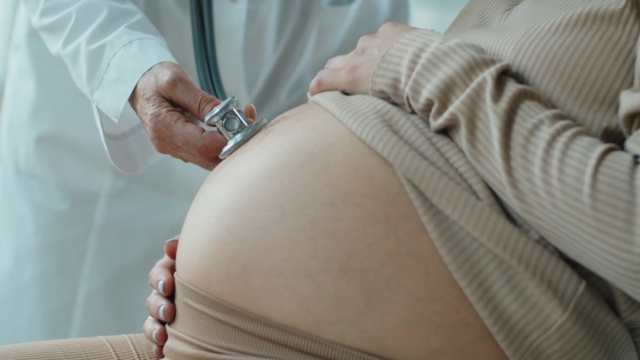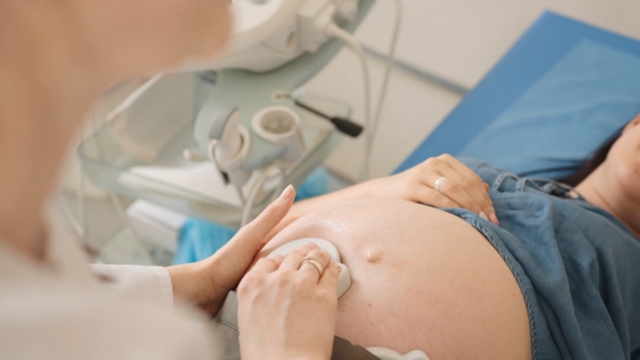In 2025, maternal mortality remains a global public health crisis, with more than 280,000 women dying annually due to pregnancy-related causes—most of them preventable.
Despite medical advancements, the United States now has the highest maternal mortality rate among high-income countries, while sub-Saharan Africa continues to carry nearly 70% of global maternal deaths.
The root causes include inequitable healthcare access, systemic racism, lack of skilled birth attendance, and underinvestment in maternal health infrastructure.
Countries like Norway, Sri Lanka, and Rwanda, however, have shown that policy interventions focused on community health workers, universal prenatal care, and emergency obstetric response systems can dramatically reduce mortality rates.
Global Maternal Mortality Snapshot (2025 Estimates)
Country / Region
Maternal Mortality Ratio (MMR) per 100,000 live births
Skilled Birth Attendance
Notes
United States
32–35
99%
Highest among OECD nations; racial disparities persist
Nigeria
917
43%
Among the highest globally, rural access is limited
India
103
89%
Improvements, but regional gaps remain
Norway
2
100%
Free prenatal, birth, and postpartum care
Sri Lanka
29
98%
Midwife-centered rural model praised by WHO.
Rwanda
203
91%
Rapid decline due to CHW integration and mobile clinics
The U.S. Exception: Wealth Without Safety
Despite spending more on health per capita than any other nation, the U.S. maternal mortality rate rose to over 32 deaths per 100,000 live births by 2025—up from 23.8 in 2020, according to data from the CDC and the National Center for Health Statistics.
Among Black women, the rate is over 69 per 100,000, more than twice the rate for white women, underscoring the role of systemic racial inequities.
According to a 2024 study published in The Lancet, 60% of maternal deaths in the U.S. were deemed preventable, mostly due to delays in diagnosis, lack of postpartum care, and limited access to affordable maternal health specialists, particularly in rural and underserved urban areas.
States with the highest maternal death rates include Mississippi, Louisiana, and Georgia, where restrictive Medicaid eligibility, closures of rural maternity wards, and chronic underfunding in Black communities contribute to poor outcomes.
What the Best-Performing Countries Are Doing Right

Norway: Universal Access and Continuity of Care
Norway’s maternal mortality rate is among the world’s lowest, thanks to universal prenatal care, midwife-led maternity services, and integrated follow-up care through the country’s national health system. Every woman is guaranteed free checkups, ultrasounds, and postnatal home visits.
According to a 2023 report from the European Observatory on Health Systems, Norway attributes its low mortality rate to:
This model ensures continuity of care, reducing emergency scenarios and allowing timely intervention when complications arise.
Sri Lanka: Midwives and Rural Equity
View this post on Instagram
Sri Lanka, once facing high maternal mortality, now boasts one of the lowest rates in South Asia. Its success is tied to its Midwife Service System, which ensures that every pregnant woman, regardless of location, is visited at home by a trained midwife.
Key policy features include:
A 2022 WHO case study called Sri Lanka a model for “low-cost, high-impact” maternal health, citing the program’s role in reducing MMR from 450 in 1950 to under 30 today.
Rwanda: Community Health Workers and Digital Alerts
Rwanda’s maternal mortality has decreased by over 60% since 2005, and it’s not due to high-tech hospitals—but to a community-integrated healthcare model. Rwanda trains over 45,000 community health workers (CHWs) who identify pregnant women early, link them to services, and manage care coordination.
Innovative tools include:
According to a 2024 UNFPA evaluation, maternal deaths dropped sharply in rural areas where CHWs were fully integrated with local clinics.
The Role of Postpartum and Mental Health Care

Globally, over one-third of maternal deaths occur after childbirth, often during the first 42 days postpartum. In the U.S., this figure is even more dramatic, with the CDC estimating that 53% of maternal deaths occur after delivery.
In contrast, countries like France and Sweden require a minimum of three postpartum home visits, while Canada provides paid parental leave with mental health screenings. The lack of postpartum support in the U.S. has been linked to rising maternal suicide rates, particularly among teens and women with pre-existing conditions.
A 2023 study in BMJ Global Health found that depression and hypertensive disorders were among the top five causes of preventable maternal deaths across multiple countries, yet less than 35% of U.S. patients receive postpartum mental health screening.
Why Progress Has Stalled
Despite decades of global effort, maternal health investments remain starkly uneven:
- Low-income countries receive less than 1.5% of total global health funding for maternal services, according to the 2024 Guttmacher Institute global financing tracker.
- Only 15% of governments meet the WHO’s recommended threshold of 5% total health budget allocation toward maternal and reproductive services.
- In many developing regions, conflict zones, and climate change are reversing decades of gains in maternal survival.
What Global Policy Can Teach the U.S. and Others

Common Threads in Successful Maternal Health Systems
Policy Feature
Countries Using It
Observed Impact
Midwife-led rural programs
Sri Lanka, Bangladesh, Ethiopia
Up to 70% reduction in MMR
Universal postnatal visits
Norway, Sweden, Canada
Reduced postpartum complications
Mobile emergency alerts
Rwanda, Ghana
Faster response to hemorrhage
Government maternity fund subsidies
Brazil, Thailand
Increased skilled birth attendance
Mandated mental health screening
France, UK, Australia
Decrease in maternal suicide
Final Word
@abcnewslive “I don’t know what I’m going to do, but this isn’t working for me.” The U.S. has the highest maternal #mortalityrate in the developed world — but it is estimated that 80% of these deaths are preventable, especially when #midwifery care is accessible. In 2022, the mortality rates for Black women were more than double those of white women. But a new initiative, birthFUND, is trying to change that, with increased access to midwives. ABC’s Faith Abubey has the story, tonight on ABC News Live. @Elaine Welteroth #maternal #momsoftiktok #pregnancy #pregnancyjourney ♬ original sound – ABC News Live
Maternal death is one of the clearest indicators of a broken health system. In 2025, women continue to die from preventable causes, not because we lack the technology, but because we lack the will to apply it equitably.
The crisis persists because governments fail to prioritize maternal health, especially for marginalized women. Yet countries across income levels have proven that with political commitment, trained personnel, and community-centered design, we can drive maternal deaths toward zero.
Too often, maternal care is shaped by population control goals instead of real family policy.
Until policies change and systems evolve, every maternal death in a hospital, home, or roadside delivery room remains an avoidable tragedy. The road to solving the maternal mortality crisis doesn’t require reinventing medicine—it requires listening to what already works.

